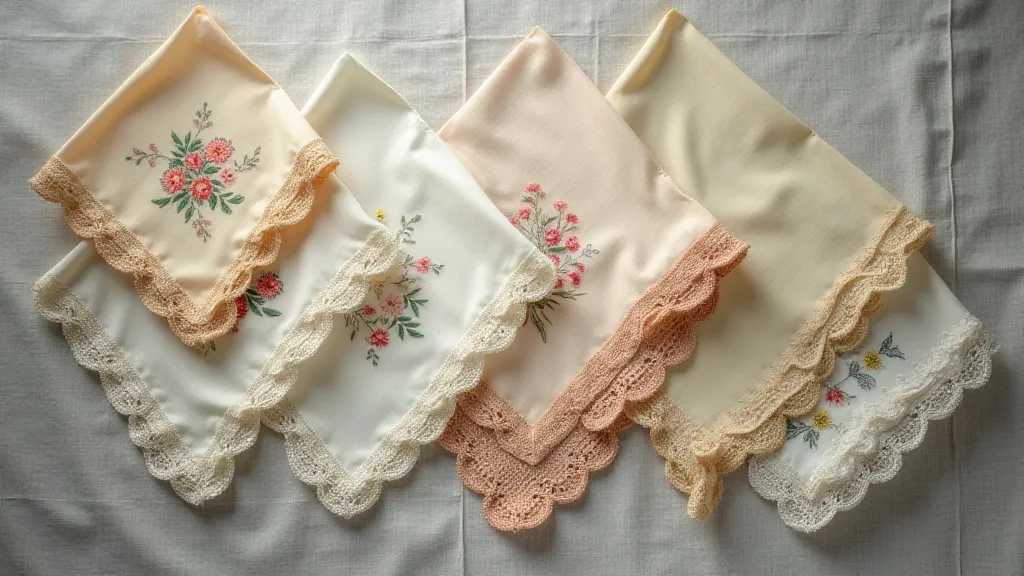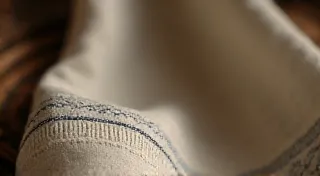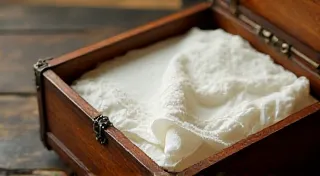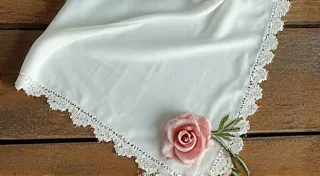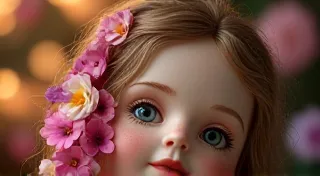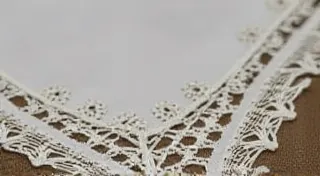The Bloom of Silence: Hand Embroidery as a Language of the Lost
There's a profound stillness that clings to an antique handkerchief. Holding one in your hand, you feel a connection to a life lived, a story untold. These fragile squares of linen or cotton, often meticulously embroidered, weren't merely practical items; they were intimate narratives woven in thread, a whispered language of a time when women’s voices were often stifled, their expressions confined. They are tangible echoes of resilience, coded with emotions that blossomed in the silent spaces of domesticity.
My grandmother, Elsie, held a small collection of these handkerchiefs. I remember, as a child, being mesmerized by the intricate roses and delicate forget-me-nots stitched onto their surfaces. She rarely spoke of their origins, simply saying they were "family treasures." Now, decades later, I understand they were far more than that; they were a silent chronicle of generations of women navigating the complexities of Victorian and Edwardian society. Their beauty isn’s solely aesthetic; it’s a reflection of the emotional labor and coded self-expression embedded within their creation.
The history of handkerchiefs themselves is long and fascinating. While early forms were merely functional, the rise of elaborate embroidery coincided with periods of social restriction for women. Needlework was considered a "proper" pastime, a means of fulfilling domestic duties while simultaneously providing a veneer of accomplishment. However, within this seemingly benign activity, women found a subversive outlet. The constraints of decorum became the very foundation for a uniquely personal vocabulary. Imagine a young woman, betrothed against her will, finding solace in meticulously rendering a pansy – a symbol of remembrance and unspoken love – onto a square of fine linen. That small act, performed in secret, was a form of rebellion.
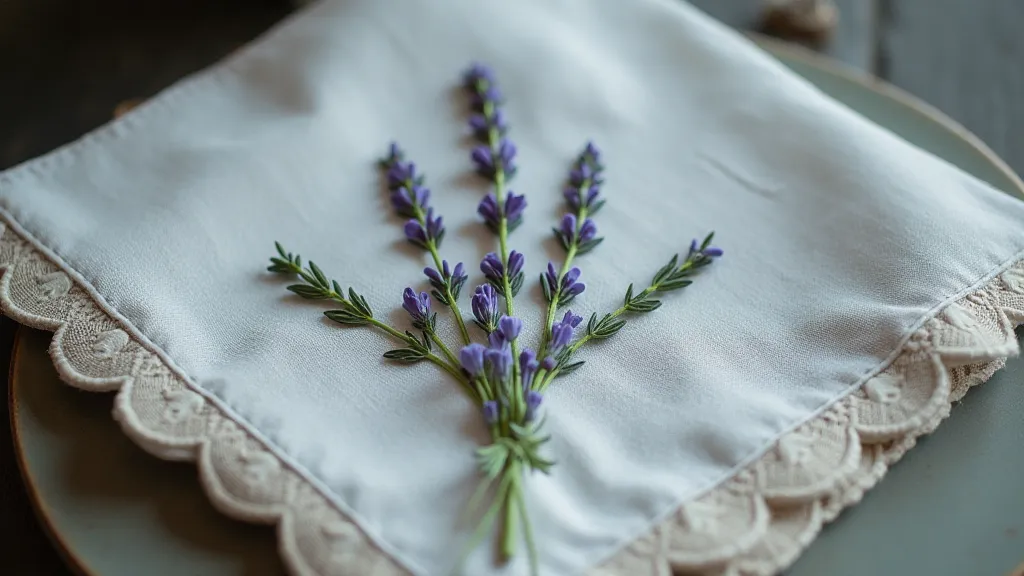
The Language of Flowers: A Coded Lexicon
The Victorian era embraced the "language of flowers," or floriography, a complex system where each bloom carried a specific meaning. A gift of roses signified love, while lilies represented purity. Handkerchiefs became miniature canvases for conveying these coded messages. A seemingly innocent display of violets could signify faithfulness, while a sprig of rosemary spoke of remembrance – often a poignant declaration in a world of arranged marriages and societal obligations.
Beyond the standard floral symbolism, skilled embroiderers would often incorporate subtle variations to personalize the message. The angle of a petal, the density of the stitching, the presence of thorns – all could subtly alter the meaning. A single, drooping rose might signify unrequited love, while a cluster of forget-me-nots arranged in a slightly asymmetrical pattern could imply a longing for something lost. Deciphering these nuances requires not only knowledge of floriography but also an appreciation for the individual artisan's skill and emotional depth.
Textiles and Techniques: Clues to Origin and Craftsmanship
The fabric itself offers crucial clues to the handkerchief's age and origin. Early handkerchiefs were typically made from linen, known for its durability and absorbency. As cotton production increased, cotton handkerchiefs became more common, particularly in the mid-19th century. The fineness of the weave is also significant; finer linens and cottons indicate a higher level of wealth and refinement. Identifying the weave pattern – plain weave, twill weave, damask – can further refine the dating.
The embroidery techniques also provide valuable insights. Early embroidery was often done with simple satin stitch, producing a smooth, almost painted effect. As techniques evolved, more complex stitches like French knots, chain stitch, and seed stitch were incorporated, adding texture and dimension. The quality of the thread—silk, cotton, or linen—can further distinguish a piece. The presence of feathering or other imperfections can be a sign of hand-stitched work, while machine embroidery is generally more uniform and precise.
Observe the edges of the handkerchief. Hemmed edges were common in earlier examples, while lace insertions and applied edging became popular in the late 19th century. The type of lace – needle lace, bobbin lace, or machine-made lace – can provide additional clues to the handkerchief’s origin and date.
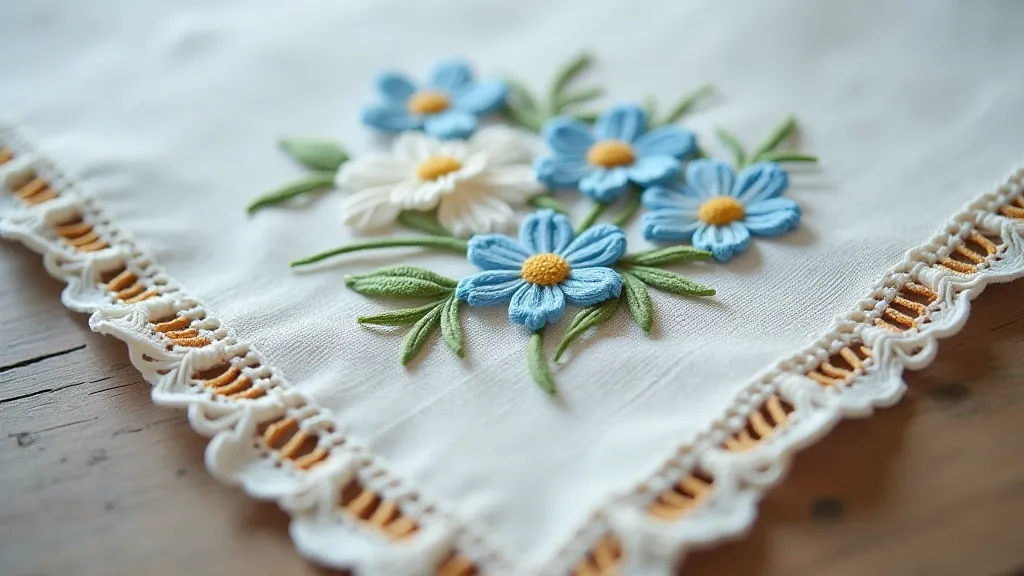
Restoration and Collecting: Honoring the Past
Collecting antique handkerchiefs is a deeply personal pursuit. It’s not merely about acquiring beautiful objects; it’s about connecting with the lives and stories of those who created them. Many have suffered wear and tear over the years – stains, tears, and fading are common. While professional restoration is an option for particularly valuable pieces, many collectors prefer to preserve the handkerchiefs in their "patina of age," believing that the imperfections tell a story of their own.
When handling antique handkerchiefs, always use clean, white cotton gloves to prevent further damage. Store them flat, away from direct sunlight and humidity. Avoid harsh chemicals and cleaning agents. The goal is to stabilize the piece and prevent further deterioration, not to make it appear brand new.
The challenge for collectors is to interpret these subtle messages, to feel the emotion embedded within each stitch. What were the circumstances of its creation? What hopes and dreams were woven into its fabric? Perhaps it was a farewell gift, a secret declaration of love, or simply a quiet expression of resilience in the face of adversity. It's these intangible qualities that make antique handkerchiefs so captivating, offering a glimpse into the lives of women who, though often silenced, found a voice through the delicate art of embroidery.
My grandmother’s collection, now carefully preserved, reminds me that even the smallest, most seemingly insignificant objects can hold immense historical and emotional weight. These aren’t just handkerchiefs; they are testaments to the enduring power of human connection, a poignant echo of a time when silence spoke volumes.
